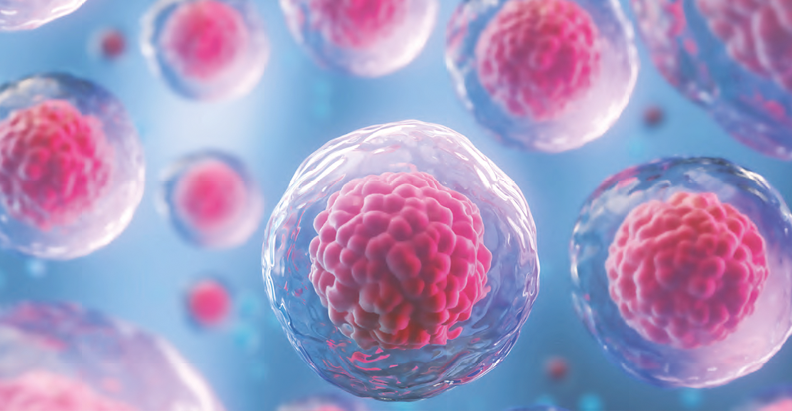
Introduction
Postponement of childbearing is a worldwide common practice because women prefer to pursue higher education and career advancement before making the decision to conceive. Consequently, there is a marked increase in the number of women with subfertility, who seek medical interventions to overcome the involuntary childlessness incurred as a result of ovarian aging. Ovarian aging, dictated by a decline in quantity and quality of oocytes within the ovaries, is accountable for the age-related decline in fertility, and of the age-related increase in adverse pregnancy outcomes such as miscarriage, and aneuploid pregnancies.
Women who suffer from ovarian aging are more likely to be fast-tracked towards assisted reproductive technology (ART) but yet are still at risk of having poor treatment outcomes due to diminished ovarian reserve leading to poor response to ovarian stimulation.
Poor ovarian response (POR) represents a significant challenge in assisted reproduction. It is encountered in 5% to 18% of women undergoing in vitro fertilization (IVF). It is increasing because of the delay to the first pregnancy; about 26.5 years old in 1977, between 29 and 31 in 2018 in most European countries.
Patients with POR have a very low successful pregnancy rate: 2% to 18%, depending on maternal age and number of oocytes retrieved. The fewer oocytes that are collected leads to lower pregnancy rates.
Over the years, many adjuvant therapies or protocols have been tested for POR to improve clinical pregnancy rates such as gonadotrophins-releasing hormone flare protocols, high dose gonadotrophins, antagonist protocol, arginine, testosterone, letrozole, luteal estradiol, or low dose aspirin.
Members Only Content
To continue reading please subscribe to WellnessPlus by Dr. Jess MD
Be your own best doctor with our comprehensive suite of online health coaching tools.
